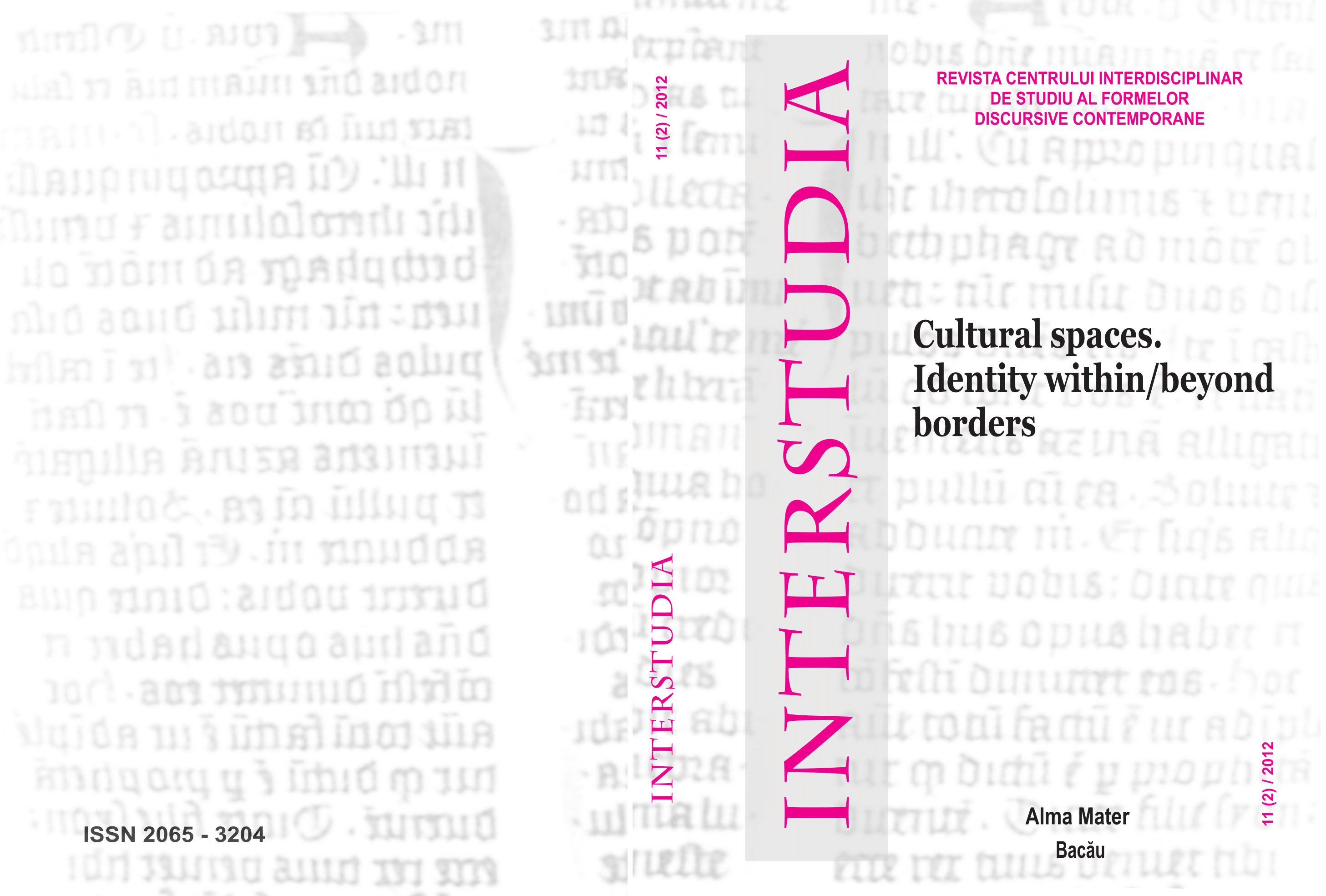SHIFTING PERIMETERS TO DEFINE INFLEXIBLE MEANINGS:
CONSUMPTION, SPECTACLE AND IDEOLOGICAL PROGRAMMING IN ROMANIAN ARCHITECTURE
DURING THE 1950S
SHIFTING PERIMETERS TO DEFINE INFLEXIBLE MEANINGS:
CONSUMPTION, SPECTACLE AND IDEOLOGICAL PROGRAMMING IN ROMANIAN ARCHITECTURE
DURING THE 1950S
Author(s): Mara MărgineanSubject(s): Cultural Essay, Political Essay, Societal Essay
Published by: Editura Alma Mater
Keywords: architecture; socialist realism; Romania; space
Summary/Abstract: The All-Union Agricultural Exhibition (VSKhV) aimed to transform Moscow into a “city of multiple capitals.” While the pavilions’ architecture met the socialist realism’s requirements of “national in style and socialist in form”, this perimeter soon became a site of cultural exchange and consumption opened to all soviet citizens. The same architectural design, however, was exported into the Eastern European countries. Dwelling upon Victor Tupitsyn’s statement that socialist realism cannot perform the same function in a different ideological context, this paper will investigate the role of the 1950s public buildings within the Romanian urban space by analyzing to what extent such buildings, despite their architectural similarities, were performing the same ideological function as the ones in Moscow.
- Issue Year: 2012
- Issue No: 11/2
- Page Range: 86-94
- Page Count: 9
- Language: English
- Content File-PDF

